What are the most relevant and exciting trends for 2023? In this article, I discuss my fascination with technological developments, such as artificial intelligence, automation, generative AI, synthetic biology and precision fermentation. But not only technology is relevant. What is going on around climate change and what are social issues?
Finally, I interviewed four future thinkers about their vision of 2023, namely Thomas D’hooge and Lien De Ruyck, Stefan Buijsman and Marjolein Pijnappels.
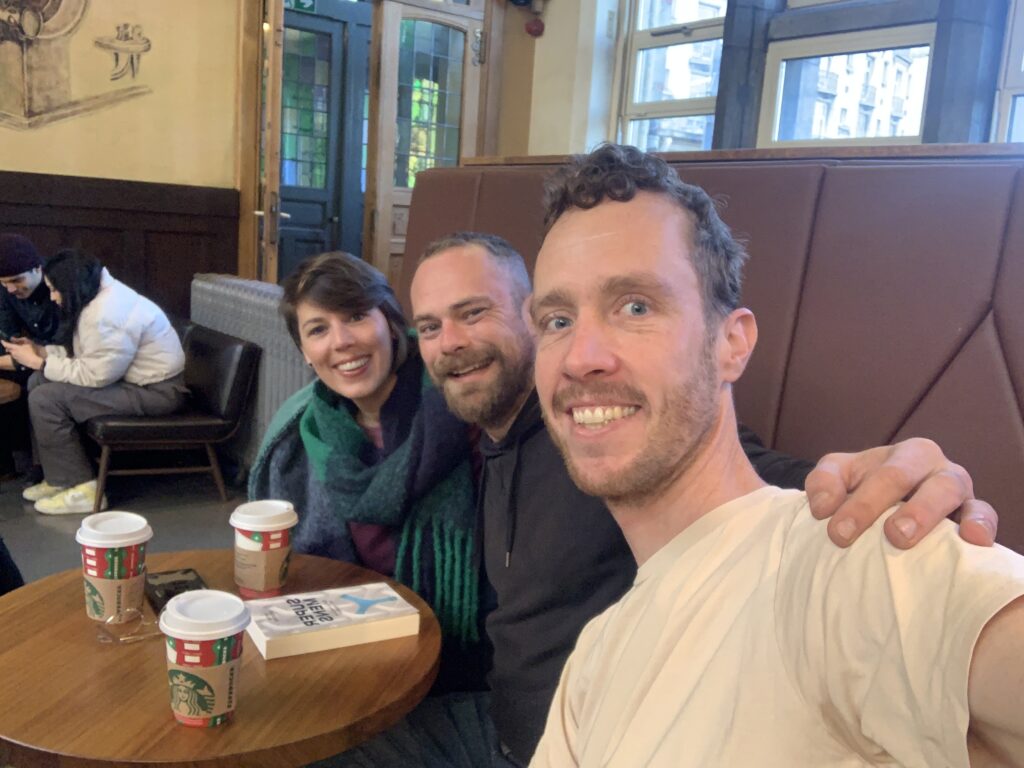
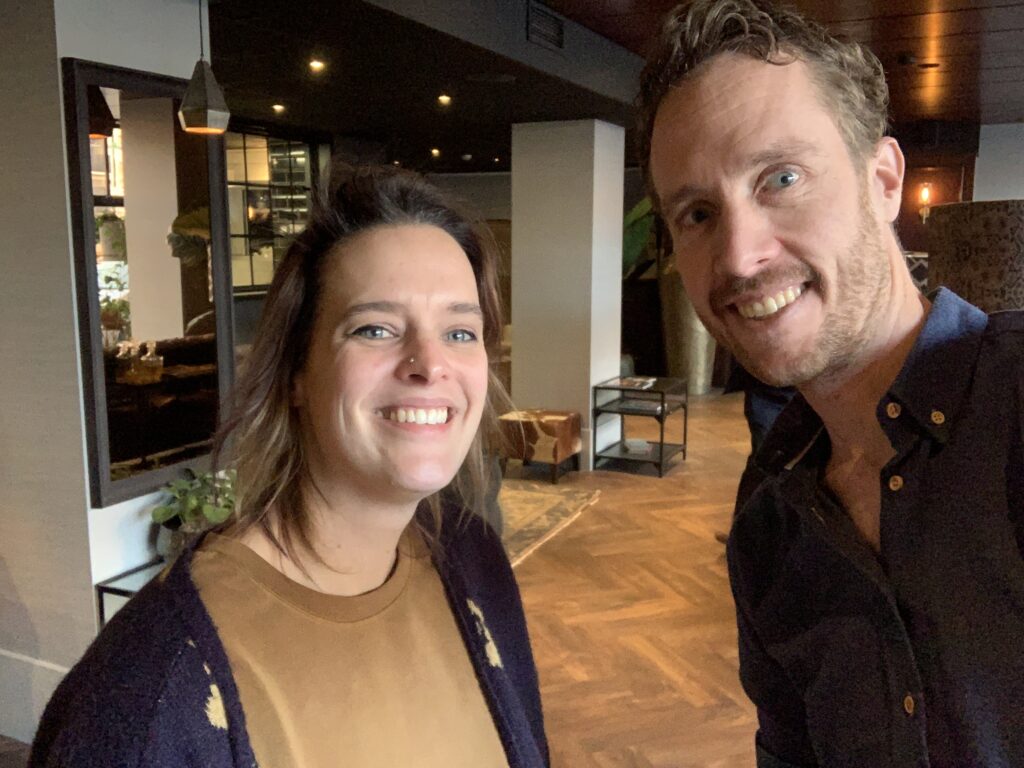
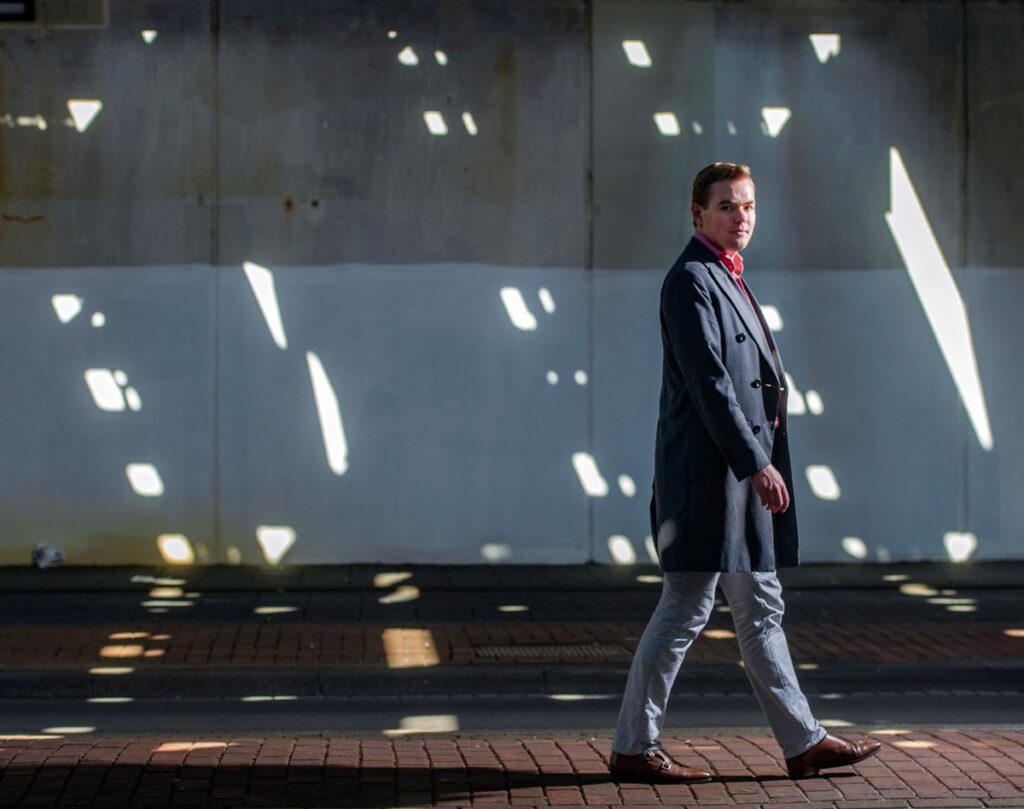
Technological developments in 2023
These are the two most relevant technological developments I am following in 2023:
- Artificial intelligence, including generative AI
- Synthetic biology
1. Artificial intelligence
The impact of artificial intelligence has been talked about for decades. And, as I often share in my lectures, we already make full use of it in our lives: the algorithms that recommend movies on Netflix, tipped music on Spotify, map out directions on Google Maps and much more.
Automation in turbo mode
The pandemic put the trend toward automation in factories into turbo mode during the past few years. E-commerce companies faced a huge increase in demand, while workers in warehouses could not handle the work due to crowding or illness.
For this reason, companies are fully committed to further automation. Research group Interact Analysis expects global investment in automation to be around $36 billion by 2022. In North America, factories will have deployed 37% more robots by 2021 than the previous year, according to the Association for Advancing Automation.
Robot dogs and drones
This automation and robotization is not limited to the inside of factories. A number of robot manufacturers such as Boston Dynamics and Ghost Robotics produce agile four-legged robots. Companies such as Merck, BP and Petronas are using these robot dogs for security, monitoring and inspections.
The same goes for drones. In the fall, I gave a lecture at the Ministry of Infrastructure and Water Management. The ministry works extensively with the Department of Public Works, which is increasingly using drones to inspect bridges, locks and roads.
Generative AI
Nor is automation limited only to physical tasks and occupations. In the past year, artificial intelligence also touched more and more knowledge workers and creatives.
An overview:
- GPT-3 is a language model developed by Open AI. The text generator allows you to analyze and generate texts. Especially known: ChatGPT. This allows you to ask questions that the model answers.
- Dall-E was also developed by Open AI. This allows you to have digital images created based on instructions in text, as you can also see in this article. Similar tools are Midjourney and Stablediffusion.
- Imagen, created by Google, is similar to Dall-E. This tool allows you to create digital videos based on text instructions.
- Github Copilot is a system that assists programmers in creating computer code.
- Elicit is a search engine for academic publications. The tool helps you by creating abstracts and structured analysis of papers.
- Talktobooks is Google’s project in which books (supposedly) answer your questions.
How GPT-3 helps me in work
I myself have been using Bearly.ai for a few weeks now. This tool is built based on the GPT-3 language model. I myself find it unprecedented what I can do with it. For example, Bearly makes good summaries of articles, I can ask it to formulate counterarguments, write an email for me and generate ideas for blogs.
By using this tool myself in my work, I also feel what it can do. On one hand, I experience it as a powerful and tremendously smart assistant. At the same time, I wonder what it means for the articles I write: that’s quite a lot of work AND gives a lot of satisfaction when it’s done. Will it stay that way? And if not, is that bad? How do I feel about people not reading my article but only being guided by a summary that a robot creates?
Side notes
The application of generative AI to my own work raises enough questions, let alone what it means for us as a society. Because the texts that ChatGPT, for example, generates are not always true, although they are presented that way. Now disinformation is already problematic for the democratic process, for example, what does it mean when anyone can super-fast generate all kinds of fancy emails, blogs and social media posts for the purpose of manipulating us.
Ultimately, ChatGPT and the other services work based on the data we humans have fabricated and left on the Internet over the past few years. That data set is full of all our preconceptions and sometimes not true.
ChatGPT as a calculator?
Also, what are the implications for education? In an interview, two educationists make the comparison with the calculator. ‘You may use that as a student, but it still takes arithmetic understanding to answer a question correctly.’
I also agree with that initially. Just like writing this article. This has been my own creative process in which I try to make connections, concretize concepts and think about the impact on our lives and society. It’s not always easy, but it makes me learn and continue to develop. It’s also something I wouldn’t be so quick to leave to a smart assistant.


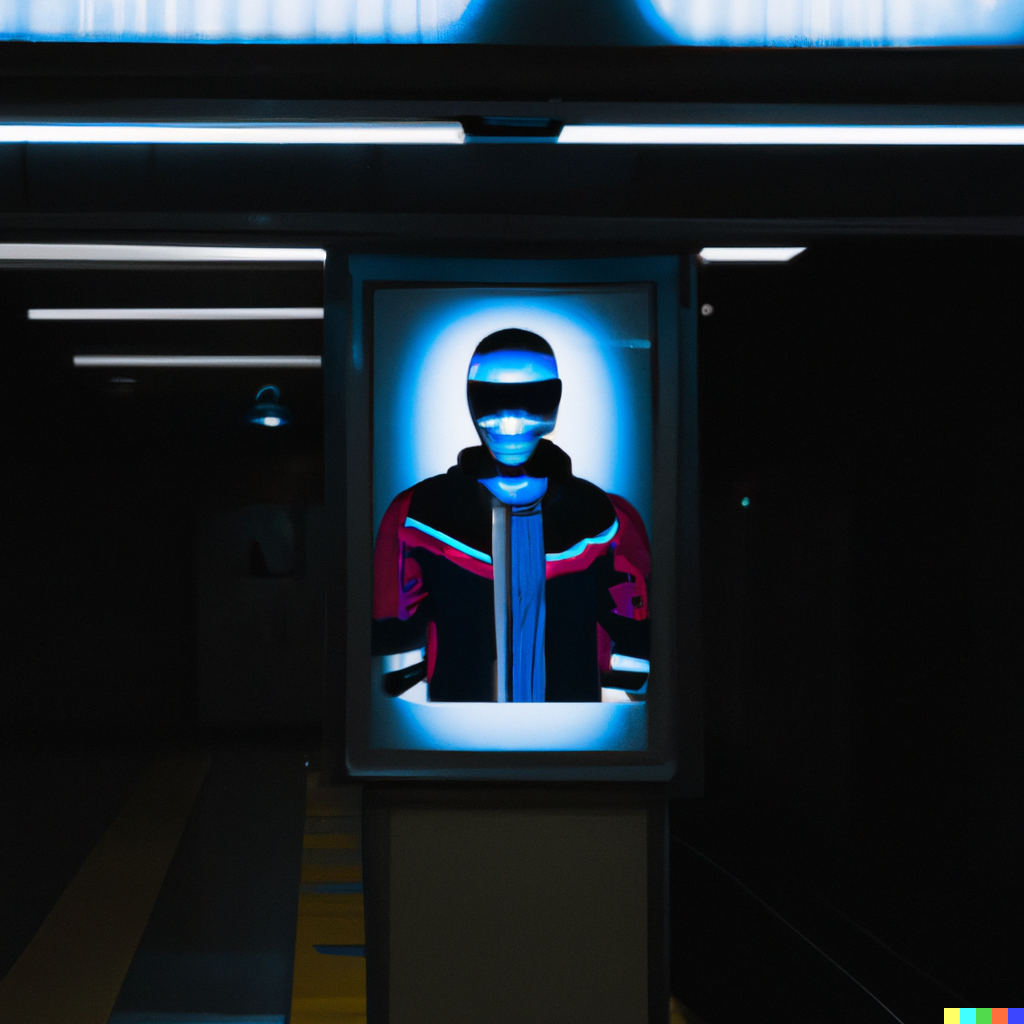
2. Synthetic biology
Synthetic biology I find one of the most fascinating fields. I regularly speak about this, for example at last IT conference TBX 2022. The exciting thing about this development is that it connects multiple disciplines, as you can see below in the Wageningen University image.
This interconnectedness, by the way, was the reason I spoke about it at TBX 2022. With that, the gist of my story was also that synthetic biology is going to impact IT companies as well.
Because synthetic biology has the potential to be greater than the computer revolution. Just imagine: if you can reprogram biology, you can start producing organic things around us: materials, chemicals, fuels, food, clothing and more.
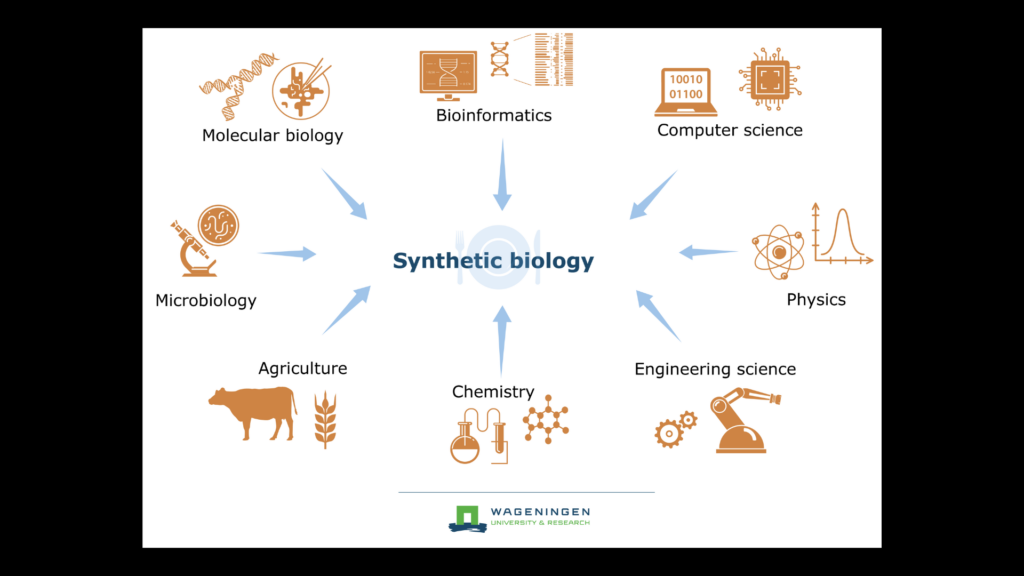
Biology and technology
What I find particularly fascinating about synthetic biology are initiatives that demonstrate the cross-fertilization between biology and technology:
- Scientists at the University of Texas designed an enzyme using artificial intelligence that can break down PET plastic particles within 24 hours.
- DeepMind reported last fall that it can predict the structure of virtually all known proteins in nature. This is over 200 million! Predicting how proteins fold three-dimensionally has long been an impossible task.
- Tidal is working with artificial intelligence and cameras to grow eelgrass, an extremely effective way to store CO2.
Precision Fermentation
Even more interesting than the previous examples, I find the development of precision fermentation. Precision fermentation creates biologically identical milk, cheese, egg whites and other animal proteins using genetically engineered microorganisms fermented in tanks. This leads to much less use of agricultural land (75% decrease) and CO2 emissions (91% decrease), according to Reboot Food.
An example is the Perfect Day that makes milk protein with fungi. Milk proteins are used to make milk and other dairy products. The advantage of this method is that you produce dairy with only 3% of greenhouse gases, 1% of water use, and 40% of the energy consumed by a cow.
English climate journalist George Monbiot explains the methodology well in this short 3-minute video:
What are notable developments in climate and society?
Climate and social developments in 2023
In recent years, in addition to technology, I have increasingly focused on other types of developments: what is happening in the social, cultural, ecological, economic and political spheres? In this article, I focus on climate change, inequality and urgent optimism.
Interaction of developments
It is not always possible to separate signals such as technological, social or cultural developments. Sometimes trends reinforce each other, while at other times they inhibit each other. They are constantly interacting with each other.
Take the advance of automation for physical labor and knowledge workers. Does that lead to more economic growth? Are more new jobs created than current jobs lost? How do governments deal with the need to retrain people? Are there countries in the world that are more progressive in embracing and encouraging these developments? Does that lead to more political power for those countries?
It’s futures. Plural.
Thomas D’Hooge
In my own work as a trendwatcher and futurist, for example in lectures or consulting work, I always try to think out several of these cause-and-effect relationships. It is as Marjolein Pijnappels also says in our interview further down, “It is precisely a complex web of relationships and connections. The future is not one-sided and certainly not unequivocal. Or as Thomas D’hooge told me, “It’s always futures. Plural.
Climate Change
These are some lines around climate that I am keeping an eye on next year:
- Ecological. The climate is in bad shape. This includes several aspects, such as global warming, biodiversity decline, plastic waste in the water and ocean acidification.
- Adaptation. If goals from the Paris climate agreement are not achievable, we also need to look at our ability to adapt.
- Second order effects. The immediate consequences of the climate crisis most people can still imagine. Think more heat waves or part of the Netherlands flooding. As a futurist, I also explore second order effects, such as: growing climate migration and wars over land use and water.
- Degrowth. While I am enthusiastic about the possibilities of technological advances, I tend to think that thought is somewhat naïve. For example, I like to follow economist Kees Klomp, who increasingly shares his ideas on degrowth or post-growth. Should we as humanity let go of our (irrepressible) tendency for growth and more-more-more? Also reminds me of Kim Stanley Robinson’s book Ministery for the Future.
Supplement: Jelmer Mommers argues in this piece on the Correspondent that degrowth is unfairly presented as the opposite of green growth. Reading Tip!
Inequality
Besides climate change, I think inequality is an important social issue. Inequality, according to this good explanation, comes in two varieties: good inequality, which encourages people to use their talents to step up, which rewards ambition either socially or economically. False inequality occurs through no personal fault of one’s own, and it is virtually impossible to extricate oneself from it.
Although technological development still attracts me the most, I find that I am becoming increasingly interested in these kinds of social and political issues. For that reason, next year I want to work on an article about the future of government (in addition to the pieces I have written before, such as technology and government or the smart city).
Urgent optimism
Finally, with all the problems in the world, I have felt dejected or gloomy at times in recent months. Still, I have hope.
As Arine van Heeswijk of the Pioneer Factory beautifully puts it, “Hope is something very different from blind optimism. For he who is hopeful realizes very well that something can go wrong, but at the same time, out of enthusiasm for a different ideal, continues to hold on to the worldview for which he longs and actively strives for it.’
Hope is different from blind optimism.
Arine van Heeswijk
In addition to hope, I picked up the term urgent optimism from Jane McGonigal’s book Imaginable. Urgent optimism is a balanced dichotomy. It is, on the one hand, recognizing that there are great challenges, while at the same time remaining realistically hopeful that you can contribute something to how we solve those challenges.
I myself hope to convey this sense of urgent optimism through my lectures, with articles, in podcasts and videos as well.

In addition to my own ideas, I asked a number of futurists, scientists and artists for their vision of 2023 and beyond.
Future Thinkers
In recent months, I spoke with a number of futurists about what developments they are watching, what projects they are working on and if they have any concrete tips. I spoke to:
- Thomas D’hooge and Lien De Ruyck on multiple futures and climate;
- Dr. Stefan Buijsman On the ethics of artificial intelligence;
- Marjolein Pijnappels on birth stories and our ecosystem.
Thomas D’hooge & Lien De Ruyck: Multiple futures and the climate
Thomas and Lien do several projects for a number of colleges in Flanders. Together they are working on now researching The Betterverse at the LUCA School of Arts. I spoke to them one Tuesday morning at Gent Sint-Pieters station.
What developments, trends and/or domains are you keeping an eye on?
Lien: “I am particularly concerned with the climate crisis. How can we get started with regenerative models that help nature instead of depleting the resources on this planet.’
Thomas: “Totally agree, but I like to think about what comes next. What is post-regenerative? In doing so, I would like people to understand that there is no such thing as one future.
Can you explain that?
‘When you read or hear something about the future, you have to realize the interests and worldview behind that story. There is no such thing as the future. It is too oppressive. That’s why I always stress that we have to talk about multiple futures, all of which can come true.
What are interesting and/or relevant projects that you are involved in?
Lien: “In my work, I focus on speculative design. To my mind, thinking about the future, or futures, is actually much more about things like dealing with uncertainty, creating resilience and using our imagination.’
Thomas: “In October 2023, we will organize a festival on these themes in Kortrijk. The festival offers something for everyone: those in education, policy and decision makers, innovators and more. Indeed, we want to invite and challenge everyone to be stimulated and imagine the future. Similarly, we want to invite school children to visit our exhibition and then draw their ideas or feelings about the future.
Thinking about futures is precisely about things like uncertainty, resilience and imagination.
Lien De Ruyck
Do you have any practical tips for readers?
Lien: “We have the luxury of thinking about the future. Realize that it is not possible for many people, for example, due to poverty. When you’re literally busy surviving and making ends meet, you’re thinking a day or a week ahead at most.’
Thomas: “Besides history, future thinking should be a subject in school. But really, of course, that applies to everyone. Because especially in this time of the climate crisis and other problems, we need perspective to take action. Something I heard the other day that resonated with me: hope is not something passive. It’s a verb, where we all have to work together.

Stefan Buijsman: ethics of artificial intelligence
Stefan works as an associate professor at TU Delft on the responsible use of artificial intelligence. He is also Managing Director of the Delft Digital Ethics Centre.
What developments, trends and/or domains are you keeping an eye on?
Stefan: “The big challenge of ethics in artificial intelligence is operationalizing those ethics. We are now at a point where we know what can go wrong. Consider discrimination, lack of control or lack of accountability. All these problems are now known in their own right.
So we now know what we want from those systems, but we don’t yet know how to build it. This is an important goal: how are we going to close the gap between principles, such as the directives established by the European Union, and practice?
How do we close the gap between principles and practice?
Stefan Buijsman
What are interesting and/or relevant projects you are involved in?
‘I myself am especially active with the explainability of AI systems. I don’t expect there to be many breakthroughs by 2023; it will be another five to 10 years before we really have that.
In the meantime, we need to try to find ways in which we can use systems without fully understanding why they do something. So that, as an organization, you do have an explanation for an automated decision. That will be some more hybrid models at first then.
And further, therefore, the operationalization of the directives established by the European Union. Ten risk areas were identified, such as recruitment and selection, anything with children, democratic processes, border controls, education, infrastructure and policing. Those are really the areas where there is really big impact on people, and so AI and ethics are suddenly in the spotlight.’
Do you have any practical tips for readers?
‘We are very quick to call out: we have human oversight of an algorithm. But what you see very often in practice is that person almost always says yes to the algorithm, for example, because of high workload.
Or you can see that human oversight causes the benefits of an algorithm to cancel out. They had introduced an algorithm in the emergency room in Denmark to recognize if a heart attack was described by someone calling. The sooner you get there, the better.
That algorithm was also actually more accurate than the people in the control room, but it made false positive reports 0.2 percentage points more often. So that the algorithm thought it recognized a heart attack, but it didn’t. Therefore, employees no longer trusted the algorithm and started ignoring those notifications. Very understandable, of course! But so in the end, something like 100 people with heart attacks that could have been detected were not helped immediately because people did not trust the algorithm.
So the tips is: think mainly about how to make sure that human supervision is meaningful and doesn’t get in the way.

Marjolein Pijnappels: the spectrum of humans, nature and technology
Marjolein Pijnappels works as a futures researcher, designer and storyteller. You can find her tribe at Wondermash.
What developments, trends and/or domains are you keeping an eye on?
Marjolein: “My area of interest is the spectrum of people, nature and technology. I find the connections between these themes particularly interesting. Now the emphasis is often on technology. It seems like a kind of panacea, the idea that technology does provide the solution. You can see this now, for example, in the debate over the nitrogen crisis.
Whereas it’s better to think about the interests involved in that technology and think about how that solution is embedded.
Technology now often seems like some kind of panacea.
Marjolein Pijnappels
What are interesting and/or relevant projects you are involved in?
Marjolein: “One of my projects is the Futures Lab. In doing so, I work with organizations to explore the ultra-long term of their sector, say 100 years ahead.
Another project is birth stories: speculative birth futures. In it, I explore the future of pregnancy and childbirth with birth workers. This is often portrayed in high-tech terms. Think of a sterile white room with cocoons in which the embryo grows. But that image is mostly from how we in the Western world view birth care.
This project therefore focuses not only on futuristic technology, but also social developments such as feminism, the Black Lives Matters movement and revaluation of indigenous traditions. For that, also engage with birth workers from other countries, such as India, Mexico and South Africa. I’m so curious to see how they look at the future of birth care there!
Do you have any practical tips for readers?
Marjolein: “From my training as a biologist, I have a great interest in how ecosystems function. This is also how I look at human beings. Therefore, be aware of how you are connected to others. That way you can also have a positive impact on the world. Just by looking in your immediate environment what is needed. What is needed and how can you yourself contribute.’

Thanks for reading! What do you see as the most important trend for 2023? Leave a comment!

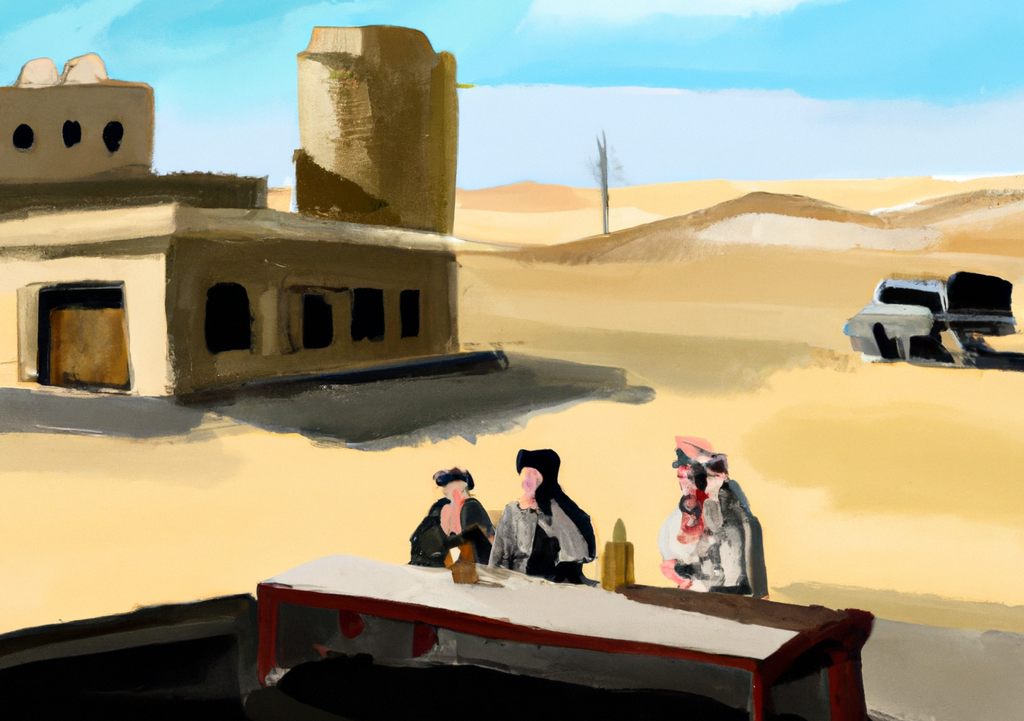
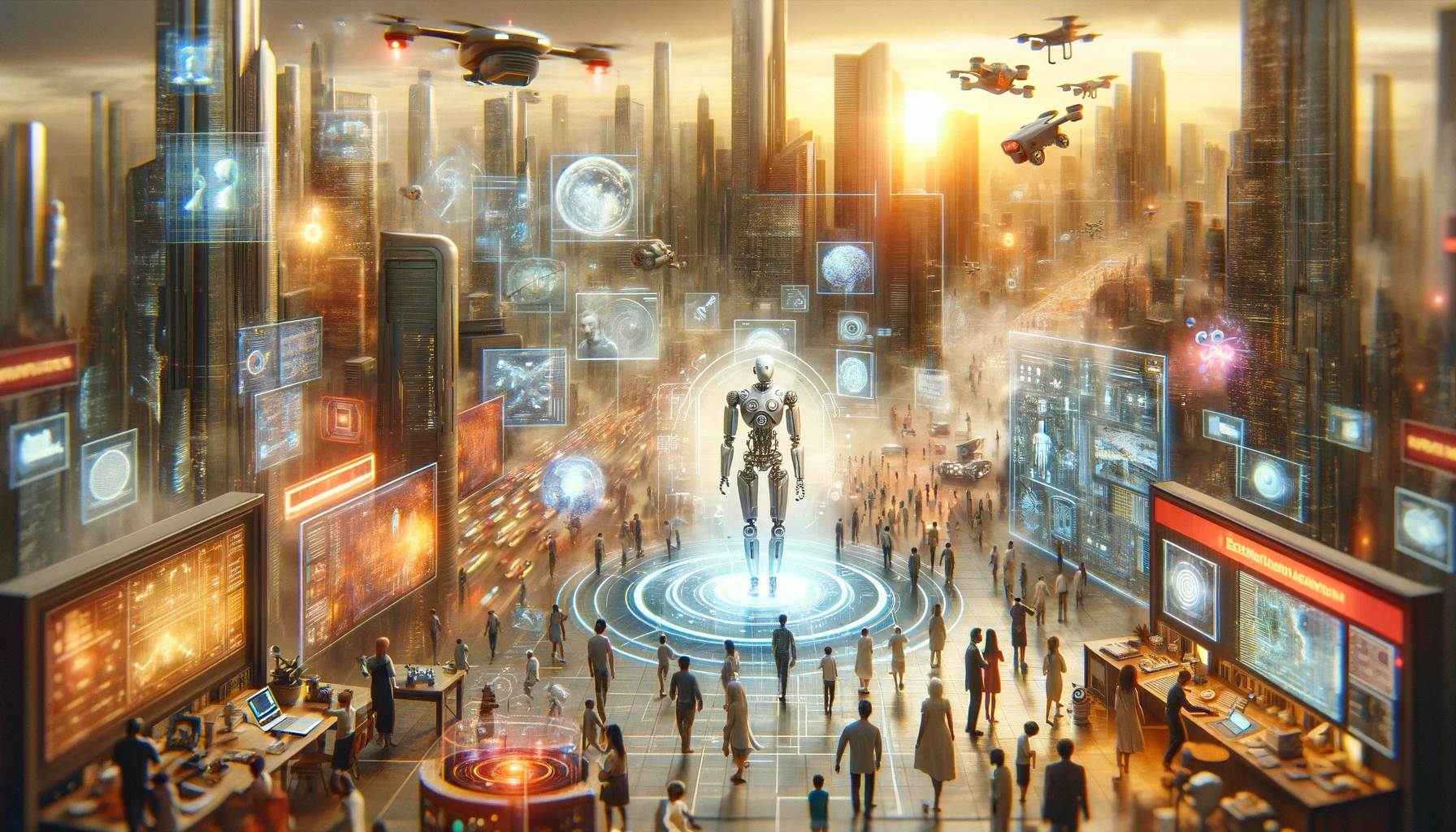
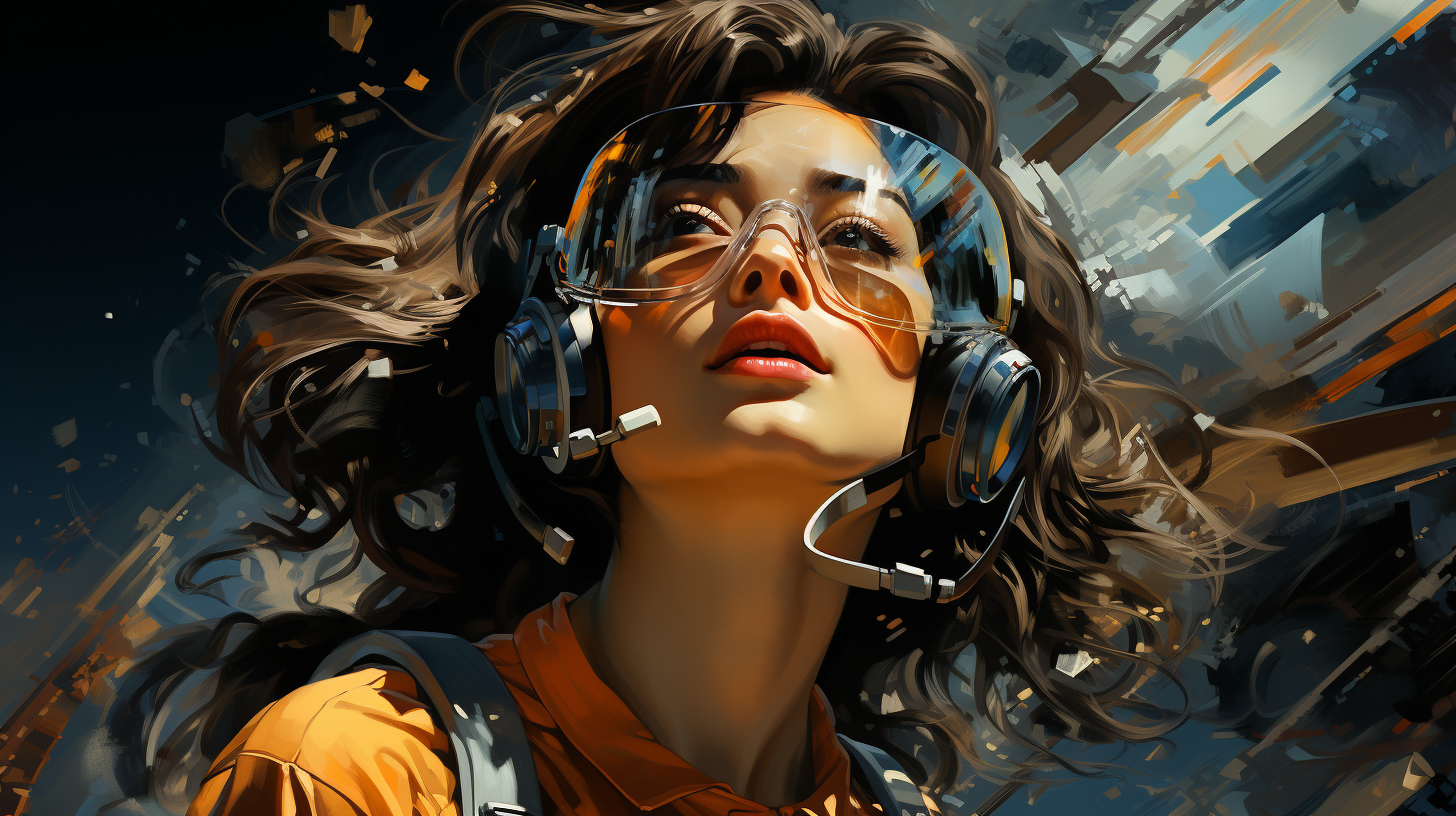
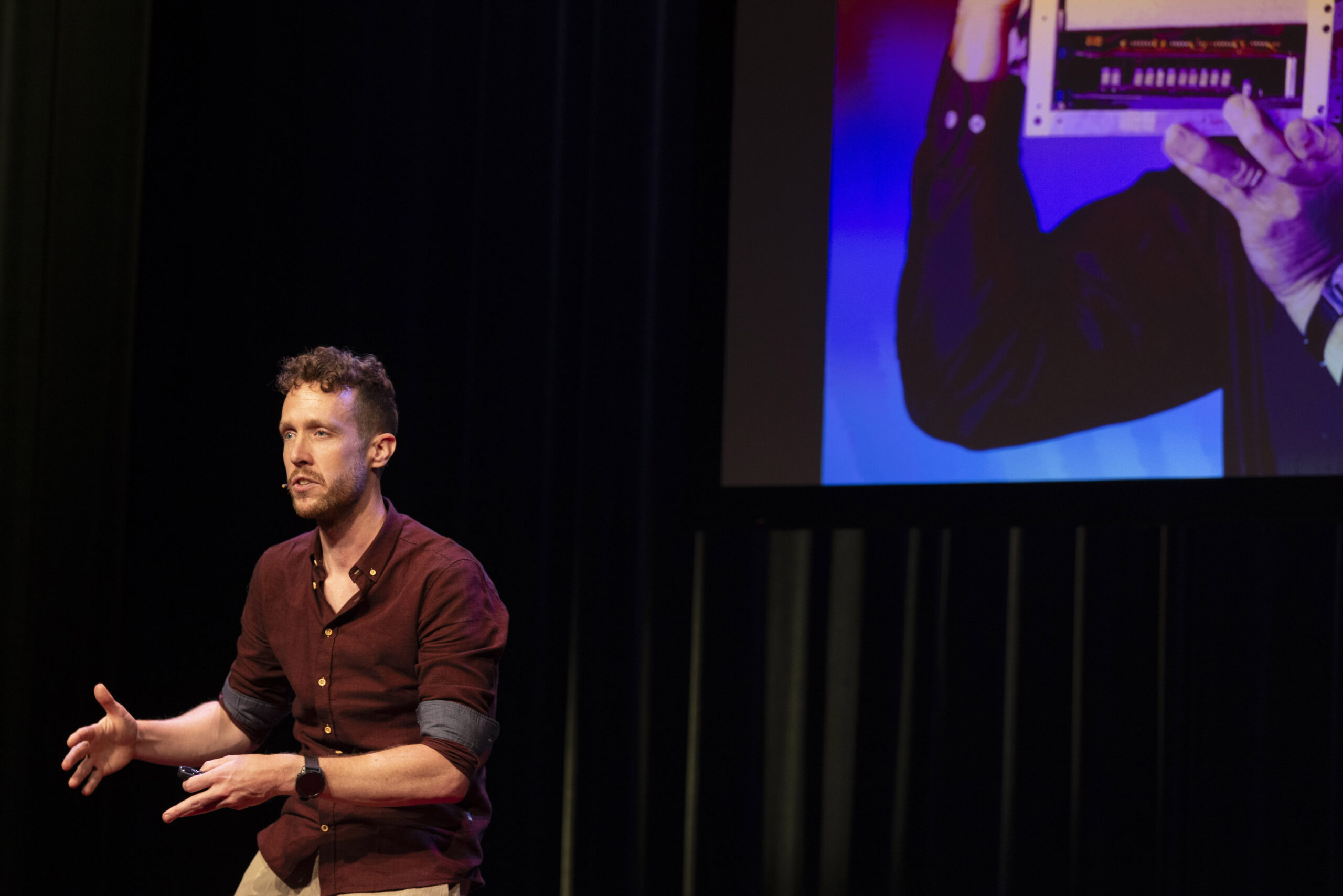
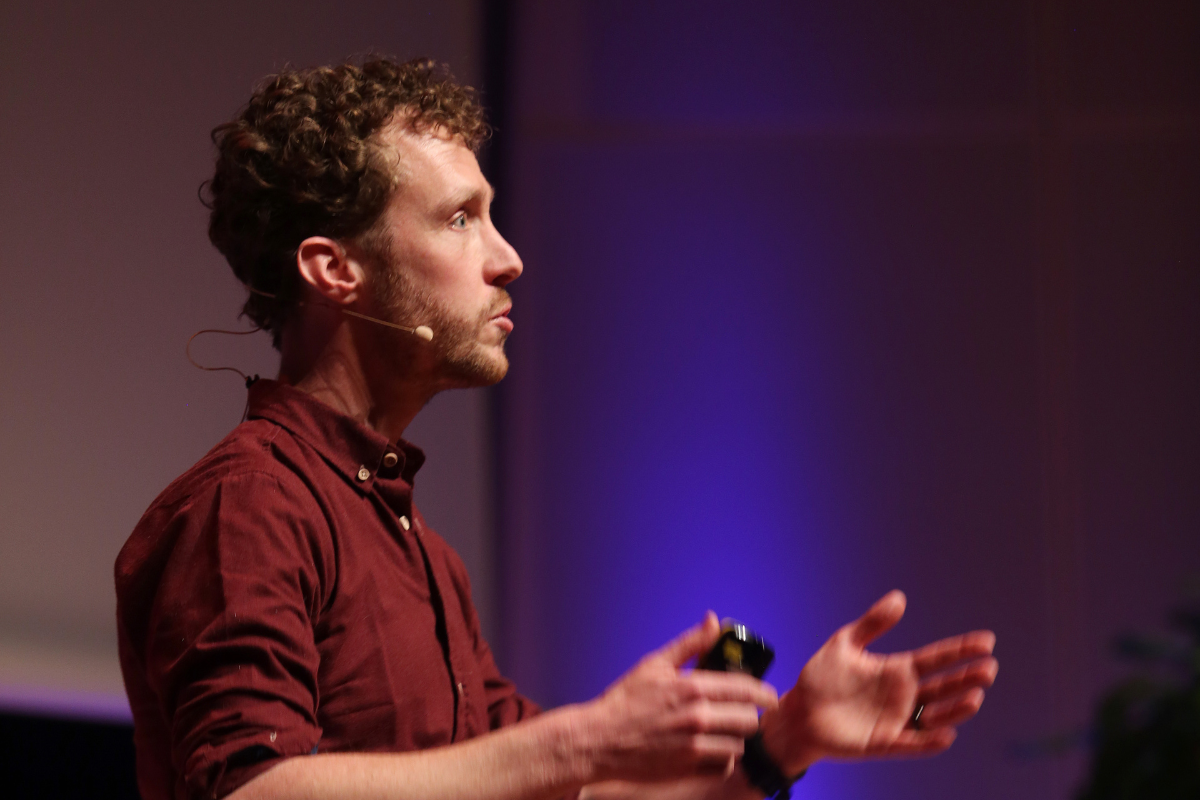
Leave A Comment